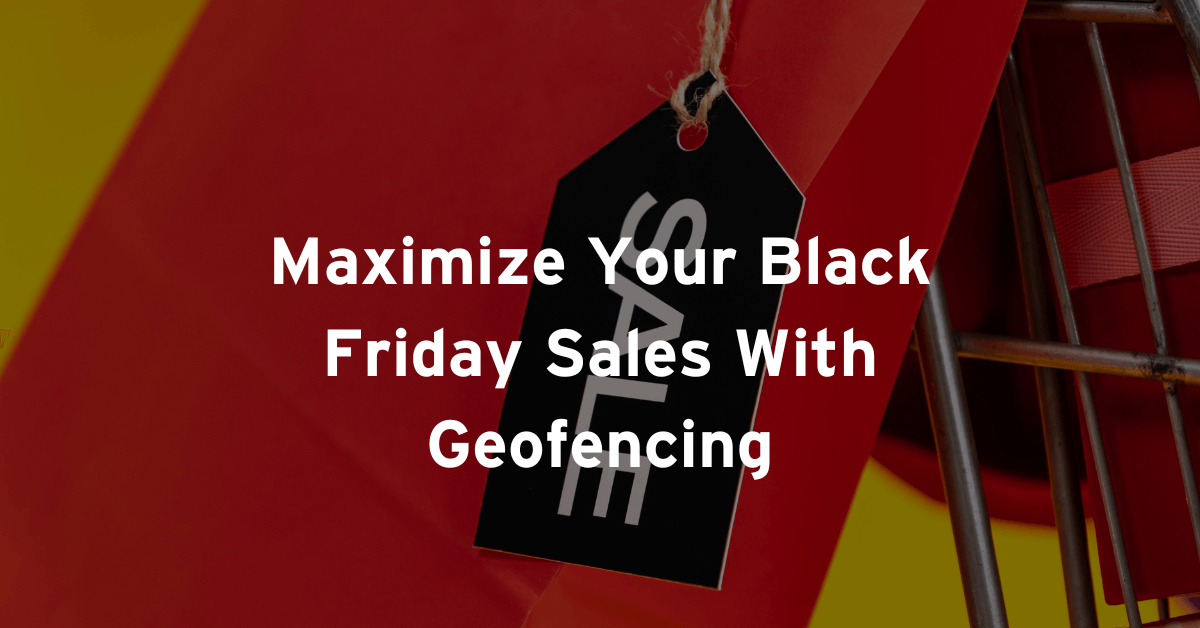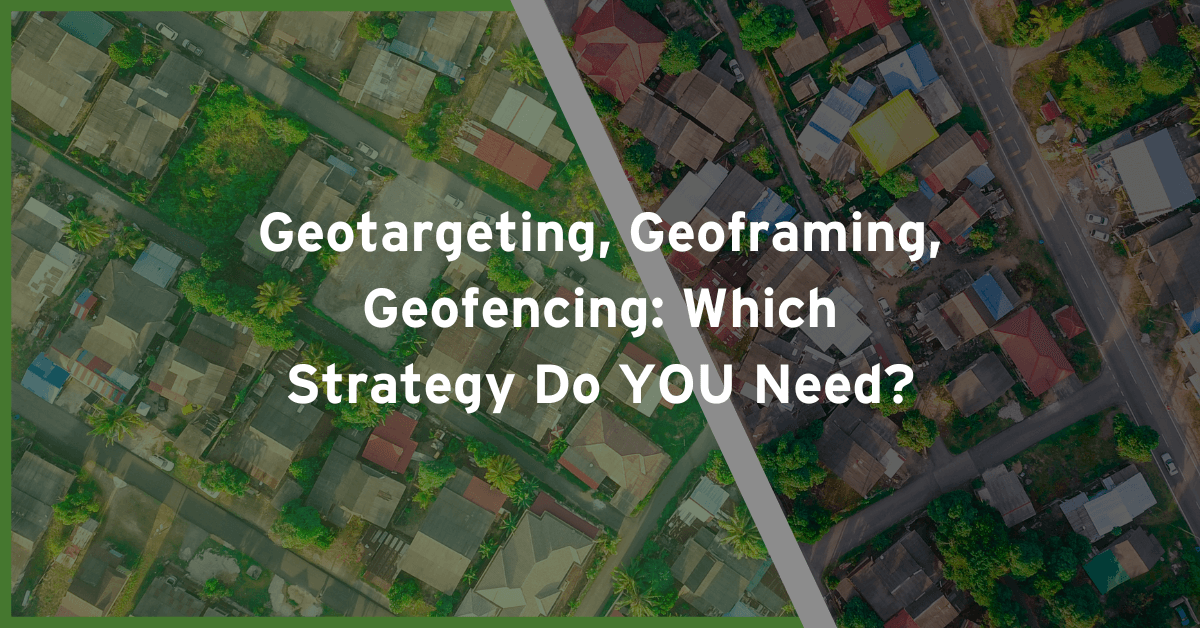
So, your Black Friday campaign worked; you got people in your store. Now what? Is that it? How can you market to potential customers that actually came to your store? The most effective way is by using geofencing. What is GeoFencing and how can you use it to maximize your holiday sales?
What is GeoFencing?
Simply put, GeoFencing (also called Geo-Framing) is virtual fence around a location. You can draw out this fence around any area that you think has potential customers. For example, you can GeoFence your brick-and-mortar store. You could also put a geofence around your direct competitor’s locations.
GeoFencing works by grabbing all the devices IDs that entered that designated area. You can have a fence set up to be going all the time and target everyone who comes into it. You can also grab all the devices from a specific time window. Which means it is possible to grab all the devices that entered your store (or a competitor’s) on Black Friday.
Unlike many other time-sensitive marketing tools, GeoFencing does not need to be set up ahead of time. You can go back at any point and grab devices!
What happens after someone enters your fence? You can target that device with an ad, relevant deal, or offer.
Location data privacy
Privacy concerns connected to location data have been a big topic of conversation recently. Apple and many other phone companies have been focusing this year on privacy issues and made changes to their operating systems because of it.
As part of iOS 15, Apple launched a feature called “App Tracking Transparency.” What does it do? Well… it makes advertiser tracking between apps more transparent to users. Apple has made the ability to see (and change) what apps are tracking what for years. The difference now is that instead it being buried deep in settings, a pop-up window will show up on every app that tracks something or collects any data. This pop up (like the one for sharing location) will allow users to control what personal data each app has access to as well as what other apps it can connect to.
If you have updated to iOS 15, you may have also noticed that the blue location symbol is present on the top right corner of the screen, by the time, whenever an app is using your location. (Personally, I am careful with what apps have access to my location data and consistently go through setting to check app permissions. However, with the new update, I was really surprised by how many apps were actually using my location.)
Why do people allow location targeting?
For one reason, location targeting allows for personalized ads. The younger generation that has grown up online don’t tolerate non-personalized ads very well. As we’ve talked about in the past, personalized ads are very effective. We are constantly inundated with content and advertising, so it is easy to completely zone out advertising (in any form) that is something you are not directly interested in.
Also, many consumers now have an innate understanding of how their personal data is used to create targeted ads. Being targeted (or retargeted) based on their interests and past activities are expected. Recently surveyed consumers between the ages of 18-34, 58% said that a personalized ad helped them make a purchase decision. 42% also said that they had clicked on a sponsored ad in the last 6 months!
For a lot of us, the privacy concerns pale in comparison to function and usability of an app. A TapResearch poll conducted in August 2020 shows that 23% of iOS users are likely to opt in to sharing data with apps that request it. Another 21% of consumers are neutral on the subject, suggesting they will not opt out. Recent eMarketer research shows that 75% of consumers are willing to share their location if it enables a mobile service or saves them money. Which highlights how many users feel about personalized advertising: getting a coupon or an ad for something you were probably going to buy anyway is not a bad thing.
Should you use location data and GeoFencing for Black Friday?
YES! According to a survey done by OuterBox Design, more than 80% of surveyed shoppers said that they used their phones while in physical stores to look for products or to compare prices. That is a lot of possible people to target! Also, campaigns that incorporate geofencing often show much higher click through rates and engagements. Especially if used to retarget!
Consider how GeoFencing could fit into a Black Friday campaign.
You have set up an effective campaign for Black Friday. The people who visit your website and do not buy anything are retargeted with a pixel. The people who visit your store are possibly even more interested in your product than those who only looked online. By using GeoFencing to grab the devices that entered your fence during Black Friday, you can serve those potential customers a post-Black-Friday retargeting ad.
Serving retargeting ads to both online and physical shoppers allows you to continue to build on your campaign to maximize sales and effectiveness.





